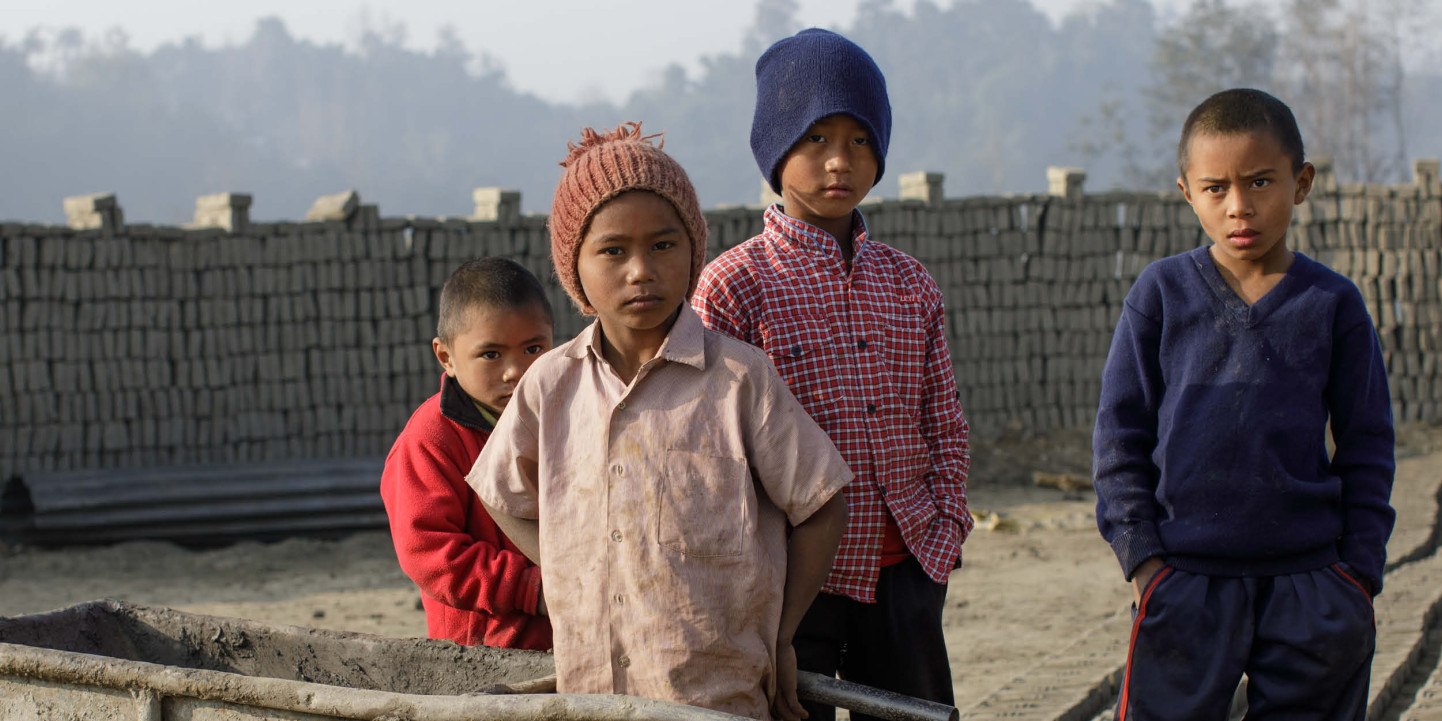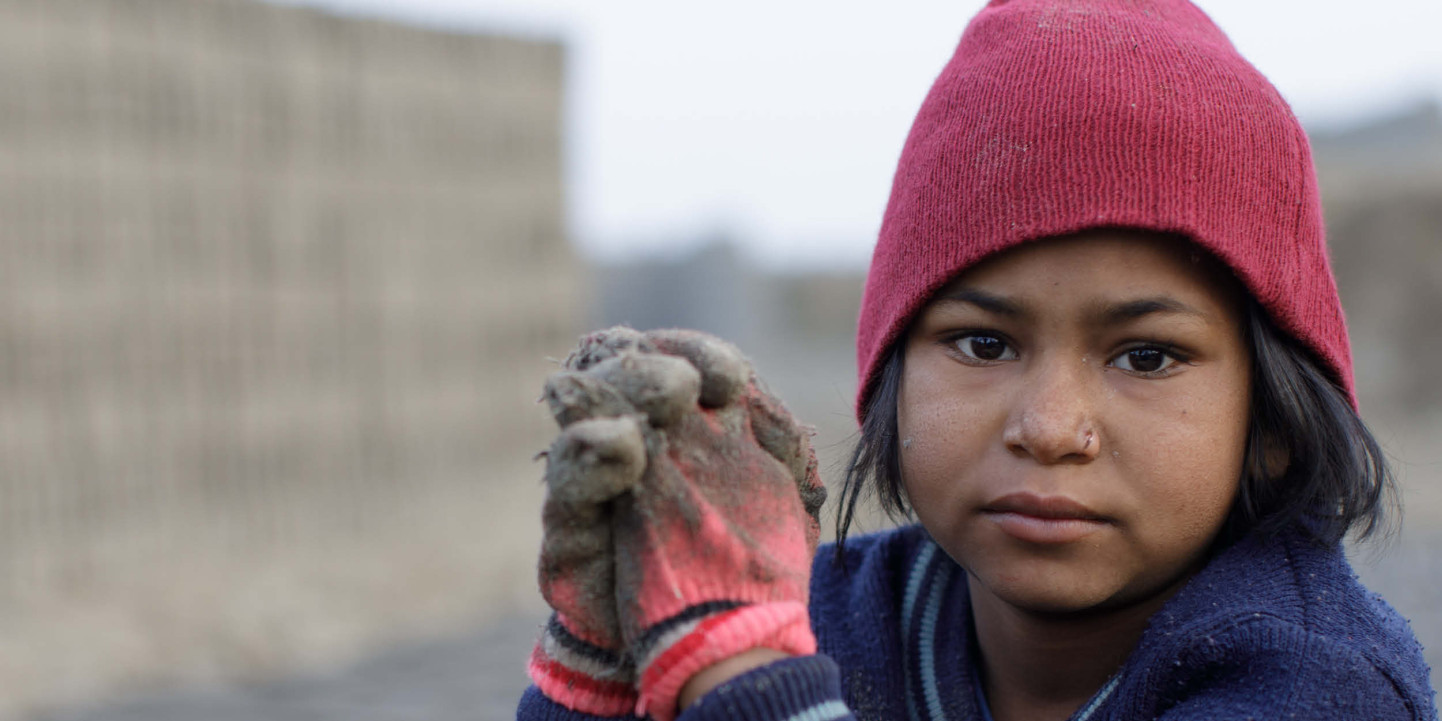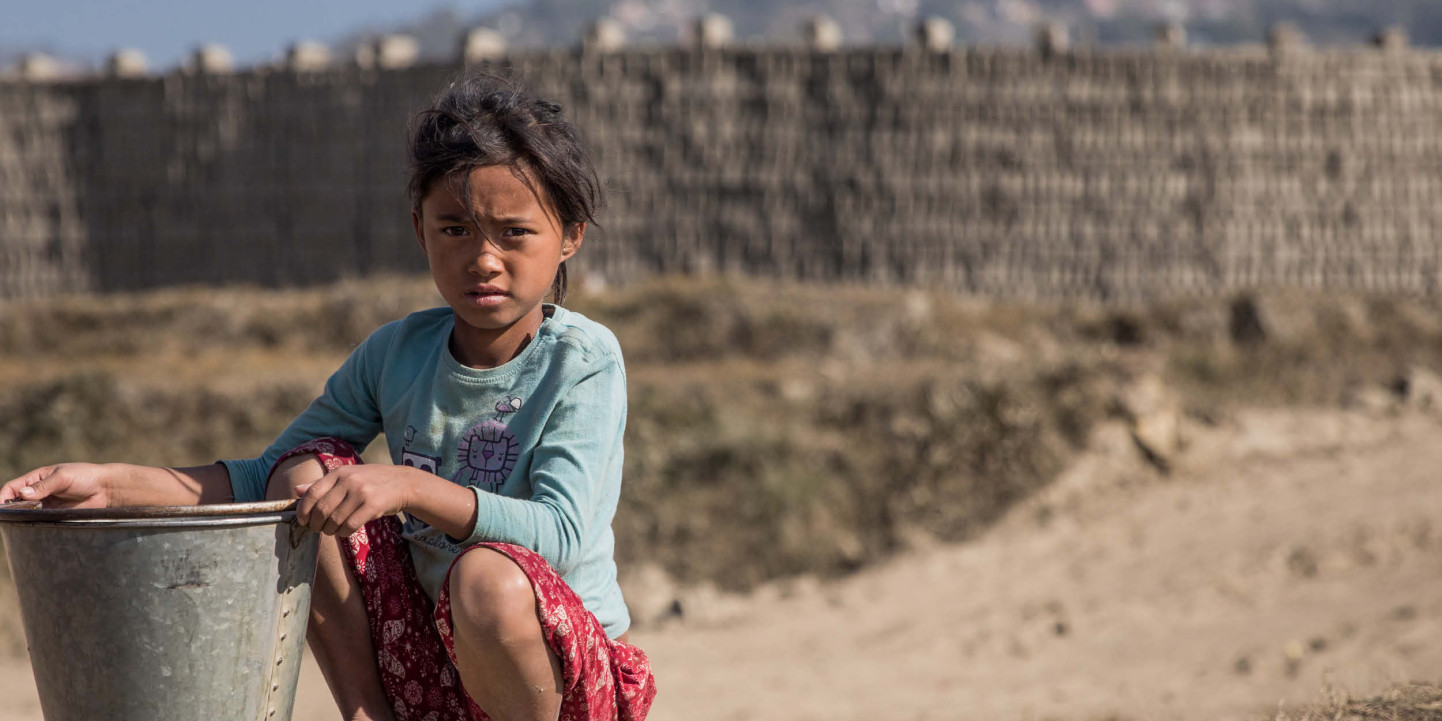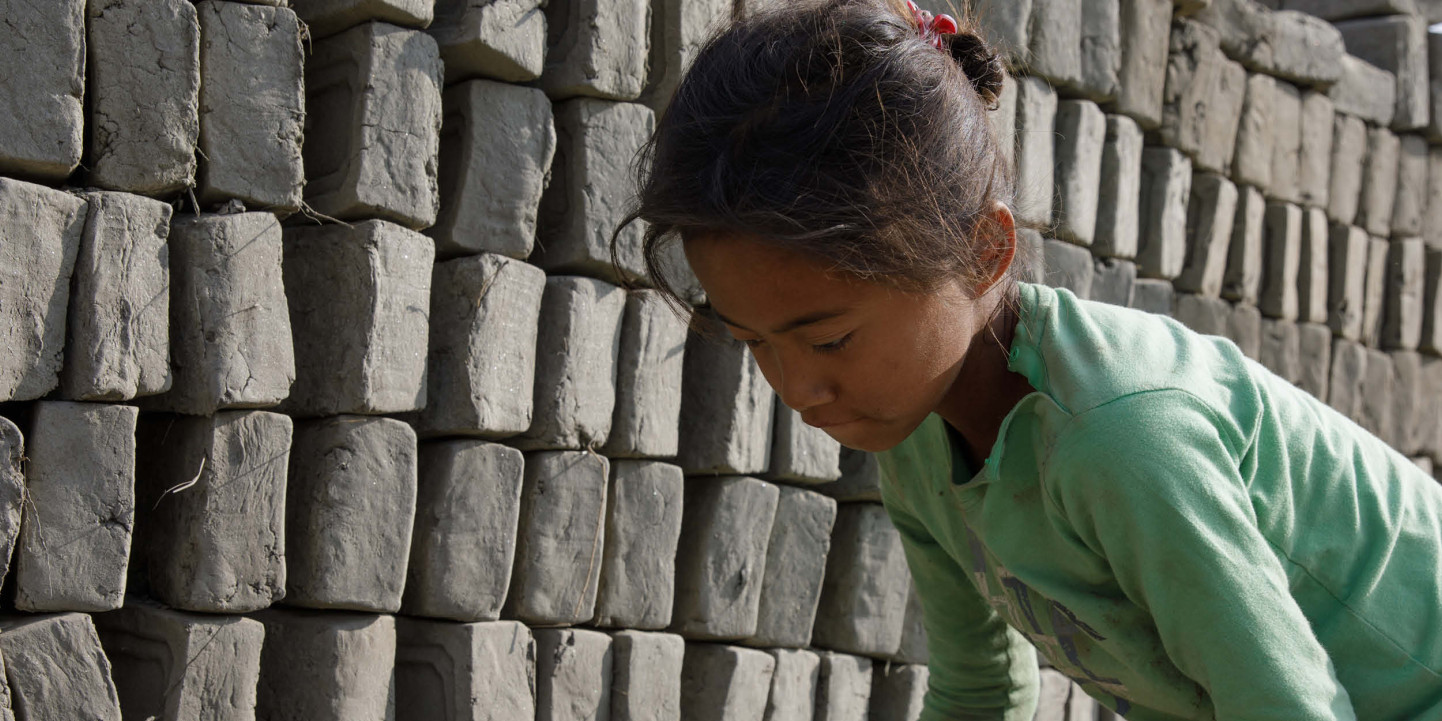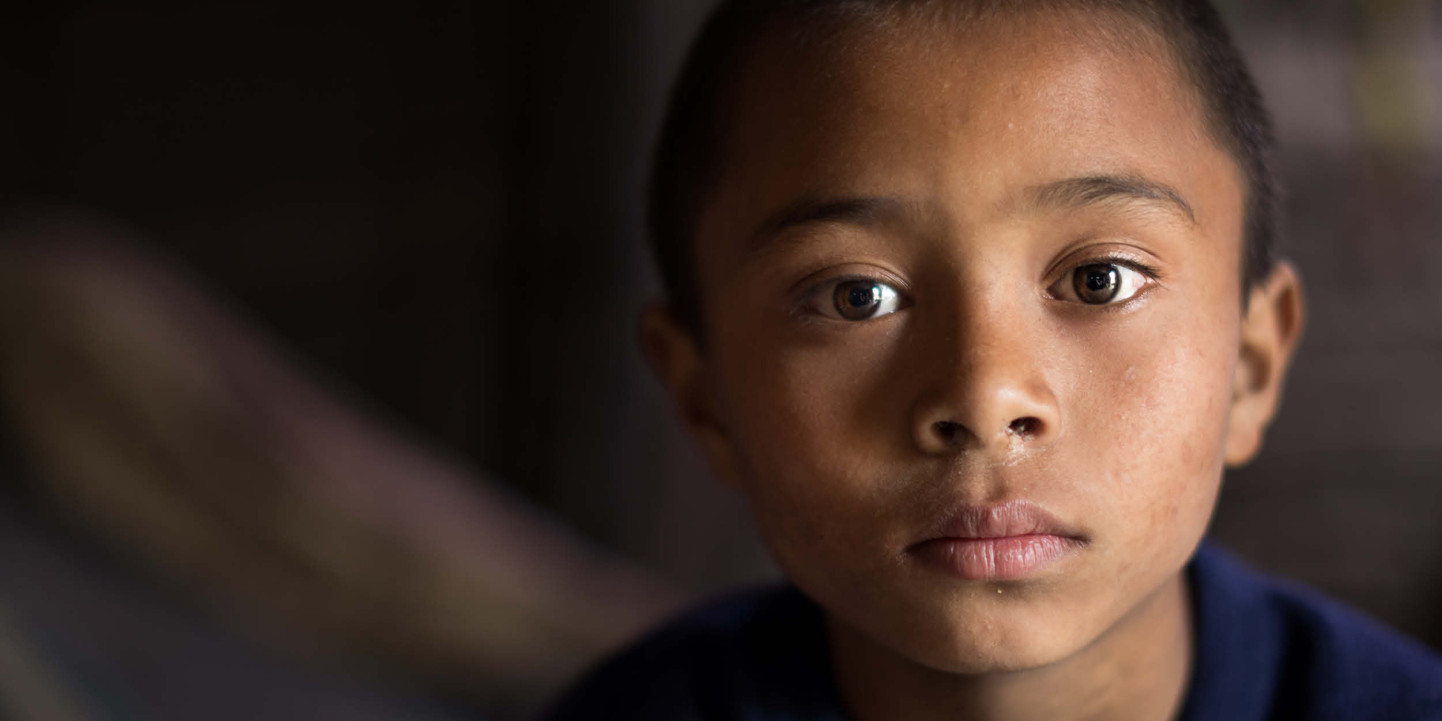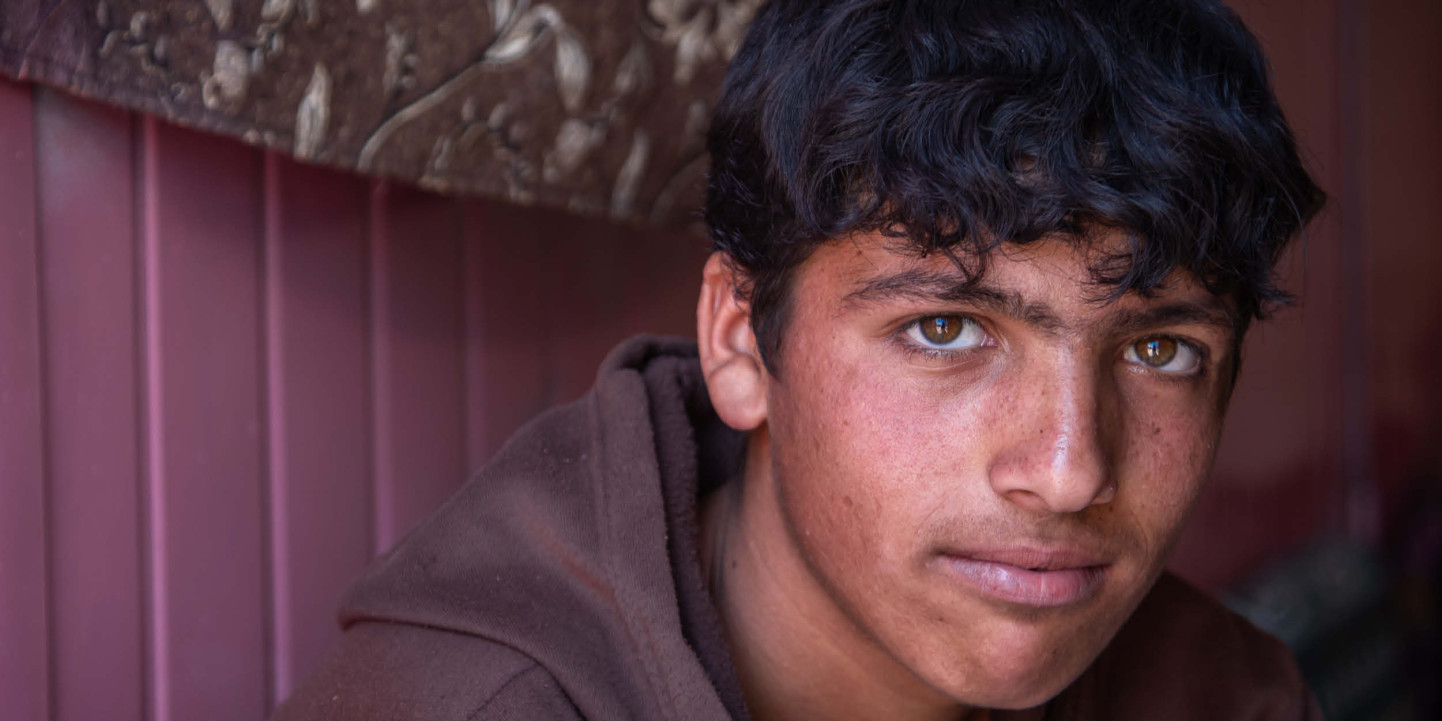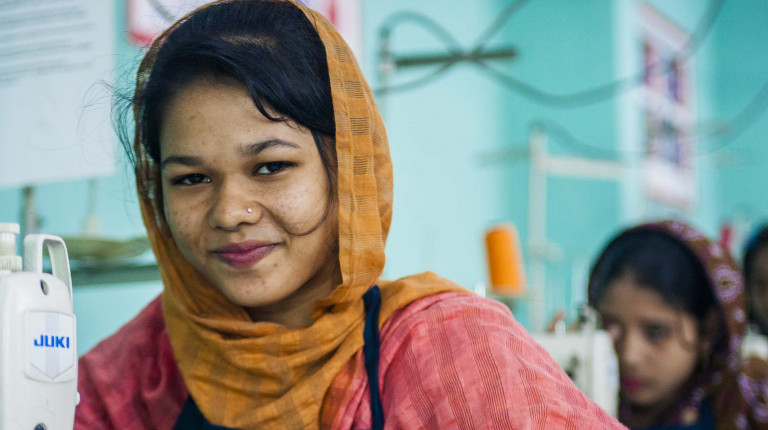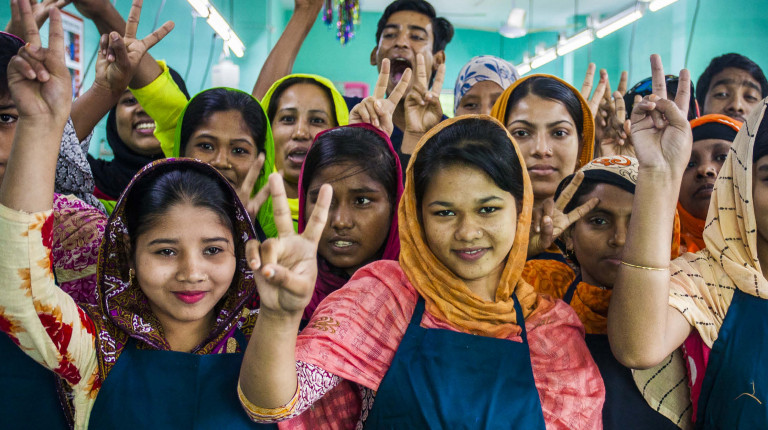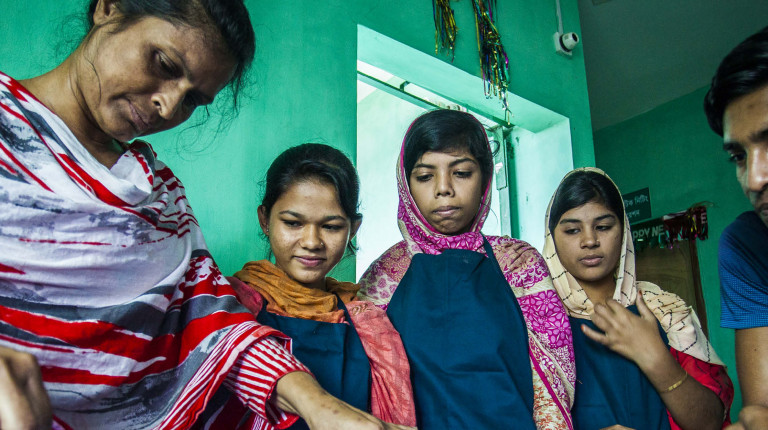Save the Children believes that every child has the right to thrive. We believe all children have a right to reach their potential, to play, learn, be healthy active citizens and be protected from any type of violence including economic exploitation and child labour. No child should be engaged in harmful work.
All children have the right to proper care, food, clean water, shelter, play and education. But sadly, not every child in the world is afforded those rights. Child labour is linked to exploitation and abuse and is a prevalent social problem in some countries, that we're working to address, so that every child can make the most of their childhoods and prepare for a better future.
What is child labour
The International Labour Organisation defines child labour as “work that deprives children of their childhood, their potential and their dignity, and that is harmful to physical and mental development”. In many underdeveloped countries, children are required to work at their family businesses to support their parents.
According to the UN Convention on the Rights of the Child, countries have an obligation to protect children from engaging in work that negatively impacts their health, education or development; to set a minimum age for employment; and to regulate conditions of employment.
What are the causes of child labour
In most cases, children are forced to work out of financial necessity. Poverty forces children to work to support their families financially, sometimes to give their families basic necessities like food and clean water. The poorer the family, the more likely that children become child labourers who need to drop out of school to work and support their families.
In some developing countries, parents do not value education, urging their children to join the workforce early rather than finishing their education. In other marginalised communities, there may not be any schools or quality educational programmes that allow children to stay in school. Without proper support, children have no choice but to join the workforce. Ineffective law enforcement in many countries also causes this problem to become rampant.
Child labour facts
Data from the International Labour Organization (ILO), a United Nations agency madated to advance social and economic justice through setting international labour standards, provides greater insights into the full picture of child labour globally, and reveals the severity of this problem.
Nearly 76 million child labourers are aged 5 to 11 years; 42 million are 12-14 years old, and 37 million are 15-17 years old. Nineteen million children under 12 years old are forced to work under hazardous conditions. Nearly 60 per cent of all child labourers are young boys. ILO concluded that “boys appear to face a greater risk of child labour than girls, but this may also be a reflection of an under-reporting of girls’ work, particularly in domestic child labour.”
Countries with the highest child labour rates
According to the Child Labour Index, Africa still remains the worst-performing continent, with seven countries out of 10 with the highest risk of child labour. ILO reveals that “almost half of the child labour (72.1 million) is to be found in Africa; 62.1 million in the Asia and the Pacific; 10.7 million in the Americas; 1.2 million in the Arab States and 5.5 million in Europe and Central Asia.”
In simpler terms, one in five children in Africa are in child labour, while this rate is 2.9% in the Arab States (1 in 35 children); 4.1% in Europe and Central Asia (1 in 25); 5.3% in the Americas (1 in 19) and 7.4% in Asia and the Pacific region (1 in 14).
How to stop child labour: solutions
Child labour needs to be stopped with collaborative efforts from many different agencies. Governments need to provide adequate educational facilities, build schools in marginalised areas, and offer support to reduce the rate of dropouts. There also need to be community programs to help children transition from child labour back to school.
Agencies also need to create awareness campaigns to help parents understand the importance of education and keeping their children in school. There also needs to be economic solutions to improve these families’ financial situations in the long term so that their children no longer need to drop out of school to work. Finally, governments need to create and strictly enforce policies to prevent child labour in their countries.
Save the Children is committed to seeking sustainable solutions to the child labour problem and supports the implementation of international standards into national policies always having the “best interest of the child” as a guiding principle.

Stop
child labour
Together, we can ensure children are protected from economic exploitation and child labour.
Donate now

